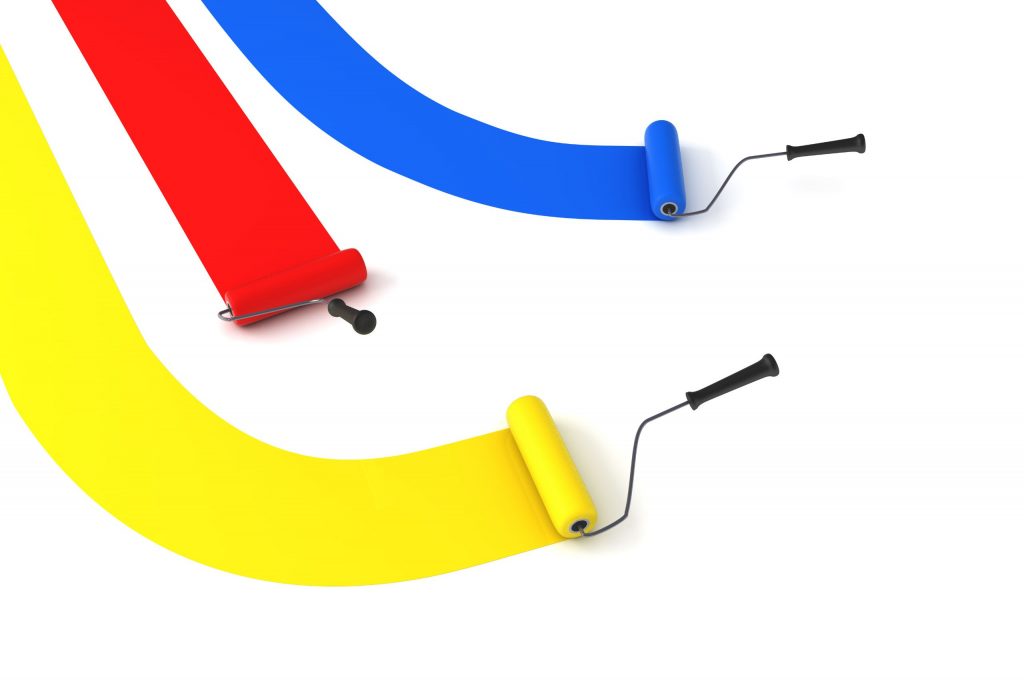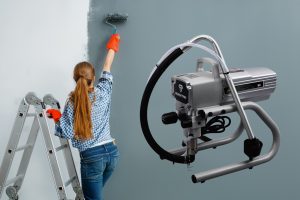Choosing The Perfect Roller For Every Surface: Smooth Vs. Textured

On many surfaces, a beautiful finish hinges on using the right paint roller. Different surfaces—textured or smooth—need different roller types to provide optimal paint application. Not only does the final quality depend on painting simplicity but also on the correct rolling. Using a roller made for smooth surfaces might result in a uniformly smooth finish. On the other hand, a roller made for uneven surfaces might be better at spreading and holding onto paint. If you have the right tools, painting will be easier and less likely to be uneven or result in lines. The many varieties of paint rollers that are on the market will be discussed in this page with an eye toward their fit for various surface textures. Readers will learn skills that enable them to choose the perfect roller, therefore improving their painting experience and enabling easy achievement of professional-looking results.
Understanding Roller Types and Materials
Good painting results from a knowledge of roller types and materials. Common rolling materials include synthetic, foam, and natural fiber.
Perfect for flat surfaces and particularly fit for latex painting application are foam rollers. Perfect for ceilings and walls, they provide a lovely finish with minimal grain. But foam rollers wear really quickly, so their lifespan is limited.
Made largely of polyester or nylon, synthetic rollers are flexible and strong, hence fitting for latex and oil-based paints. They move quickly and cover a variety of surfaces, including fairly strongly textured walls. Synthetic materials retain paint reasonably effective and provide a decent finish free from roller marks.
Usually made of lambs wool or cotton, natural fiber rollers absorb and release paint well, so they shine under oil-based paints. On rough surfaces, such as stucco or brick, they are ideally suited as they provide a thicker texture and more coverage. Natural fiber may, however, be less appropriate for latex paints as they could not provide the same smooth surface as foam or synthetic choices.
Painting outcomes depend much on the roller material used; so, the decision should be dependent on the kind of paint and surface employed.
Choosing Rollers for Smooth Surfaces
When choosing rollers for smooth surfaces, features like short nap lengths—usually between 1/4″ and 3/8″—are very vital. These shorter naps reduce texture and enable a thin, uniform paint application, therefore producing an impeccable finish. The lower pile height guarantees precisely the correct quantity of paint is deposited for a clean finish and helps avoid too much paint absorption.
Low-nap rollers especially aid surfaces like metal, wood, and drywall. Smooth surfaces result from consistent application of paint devoid of unintentional streaks or textures. Particularly in fields needing precision, the choice of a quality roller might significantly affect the appearance.
Popular roller varieties for this use include polyester and microfiber fabrics, both of which have extraordinary control and smoothness. Highly esteemed brands like Wooster and Purdy are available with choices like the Wooster Pro/Doo-Z and Purdy White Dove typically advised for painting walls, ceilings, and cabinets. These rollers are perfect for any job needing a careful touch as they are designed to provide a consistent, professional-level finish.
Selecting Rollers for Textured Surfaces
Longer nap rollers between ½ inch and 1 inch or more provide great benefits when choosing rollers for textured surfaces. These rollers provide a consistent application of paint or coatings by being designed to reach into the grooves and crevices of textured surfaces like brick, stucco, and concrete. The longer nap captures and lifts more paint, therefore helping to fill in the uneven textures and provide complete coverage without leaving behind missing areas.
The proper nap duration depending on the depth and coarseness of the texture will help to maximize coverage. A ¾-inch roller usually works for surfaces with mild texture—that of softly textured stucco. Longer nap rollers of one inch or more will work best for deeper and rougher surfaces, including as textured brick or concrete. This guarantees the paint finds every nook and cranny.
Furthermore improving the whole application experience is the use of premium rollers meant especially for rough surfaces. This meticulousness guarantees greater adherence, therefore extending the lifetime of the paint work and enhancing look.
Specialty Rollers for Unique Effects
Achieving imitation finishes and ornamental effects in interior design depends on specialty rollers—patterned, sponge, fabric, and variegated variants. These creative rollers are meant to give smooth surfaces texture, therefore turning regular walls into visually arresting focal areas. By using these rollers, homeowners may create amazing accent walls expressing their own vision and taste.
Their diverse designs enable the application of intricate patterns that give a room depth and character. While sponge rollers may copy natural textures like stone or clouds, fabric rollers provide lavish coverings reflecting natural materials. These rollers’ adaptability lets one explore colors and methods, therefore producing unique visual effects.
Specialty rollers should be used in certain locations where texture will improve the whole visual appeal to optimize their efficacy. Applying a patterned roller on an accent wall behind a bed or couch, for example, calls attention and dramatically changes the environment. Good technique guarantees a consistent application by using mild pressure and even strokes. Appropriate usage may greatly improve the architecture of a space, hence specialist rollers are great tools for both professionals and do-it-yourselfers.

Conclusion
Attaching a smooth, professional-looking finish on the painting surface depends on choosing the correct roller. You need several kinds of rollers if you want the finest paint application on various surfaces. An even roller, for instance, performs well on level ground. In rough or uneven terrain, a heavy roller performs well. Readers should investigate the structure and feel of the top layer before deciding as these elements greatly affect how effectively the paint covers and adheres. Choosing the right roller can help artists not only to improve the end product to either meet or surpass their expectations but also simplify their painting method. A perfectly selected roller reduces touch-ups and improves efficiency, therefore producing a perfect finish that accentuates the area. Investigating a “tools and equipment” blog may provide individuals who want to learn more about the craft of painting insightful analysis and advice on choosing the correct gear for every job.





